BREEAM sees the application of circularity principles relating to resource use and supply chains as vital to developing a resource efficient built environment. We support a future where circularity principles are fully embraced and our reliance on finite resources is significantly reduced.
We want to make sure that resilience is achieved across lifecycles, by linking the design and construction, the performance of the completed project and the use of the asset once occupied by its users.
BREEAM provides solutions in circularity and resilience by:
- Encouraging durable design for resilient and longer-lasting asset.
- Ensuring materials are sourced responsibly.
- Reducing water and energy consumption.
- Providing methods of waste reduction.
To find out more, please call us on+443333218811 or fill out our form, and one of our experts will be in touch.
Circularity and resilience in context
The circular economy (CE) has gained significant traction in many economic sectors as a potential solution to mitigate the clear risks of imprudent resource consumption. As a major consumer of resources and producer of waste, the construction and real estate sector must rise to the CE imperative and its underlying circularity principles.
Our goal is to encourage sustainable resource use through all our asset sustainability assessment schemes. Each scheme includes extensive resource circularity related requirements on energy, water, materials, waste, reuse and recycling.
Resilience can be characterised by four key features, known as the 5Rs: Resistance, Reliability, Redundancy, Response and Recovery. These can have different focus across sectors, life cycle stages and asset types. This framework provides the basis for understanding how the BREEAM family of standards address this topic now and informs what aspects need to be incorporated in the future. Resistance and reliability have been at the core of our standards.
Circularity in BREEAM
BREEAM can guide you on your journey to achieving circularity:
Through advising on resource consumption
![]()
Our standards will always cover a wide scope of asset related carbon emissions including operational energy, embodied carbon, operational water, construction activities and more. BREEAM standards are designed to focus on tackling energy and carbon emissions more than any other sustainability issue.
By encouraging renewable resources
![]()
BREEAM assesses embodied carbon and, in so doing, encourages the construction of assets with lower embodied carbon and lower whole life carbon. Looking forward, BREEAM intends to combine operational and embodied carbon credits into a dedicated carbon category, meaning that embodied carbon is fully accounted for in BREEAM.
By supporting durable design
![]()
A pathway approach for the construction and real estate sector is rapidly gaining traction. Compared with achieving net zero carbon now, carbon pathways are often a more practical approach because the cost and activity of decarbonising is spread over several years, and external effects such as grid decarbonisation can be factored in. BREEAM can support the creation and implementation of net zero pathways.
By ensuring responsible sourcing
![]()
In line with prevailing energy and LCA standards, BREEAM includes onsite/near-site renewables. In addition, most (but not all) standards, including BREEAM, assign carbon reductions resulting from any renewable electricity that is exported to the grid by the asset. Therefore, assets can become carbon positive if they generate more electricity than they use. BREEAM will continue to recognise and reward onsite/near-site renewables.
BREEAM principles for circular buildings
Although BREEAM has always pushed the sector forward and encouraged sustainable resource use through all its assessment schemes, we believe we can do more on circular design approaches, and the reuse and repurposing of buildings and materials.
Read BREEAM Circularity Technical Working Group’s principles for circular buildings, created following an extensive collaboration of industry experts from within and outside of BRE.
Resilience in BREEAM
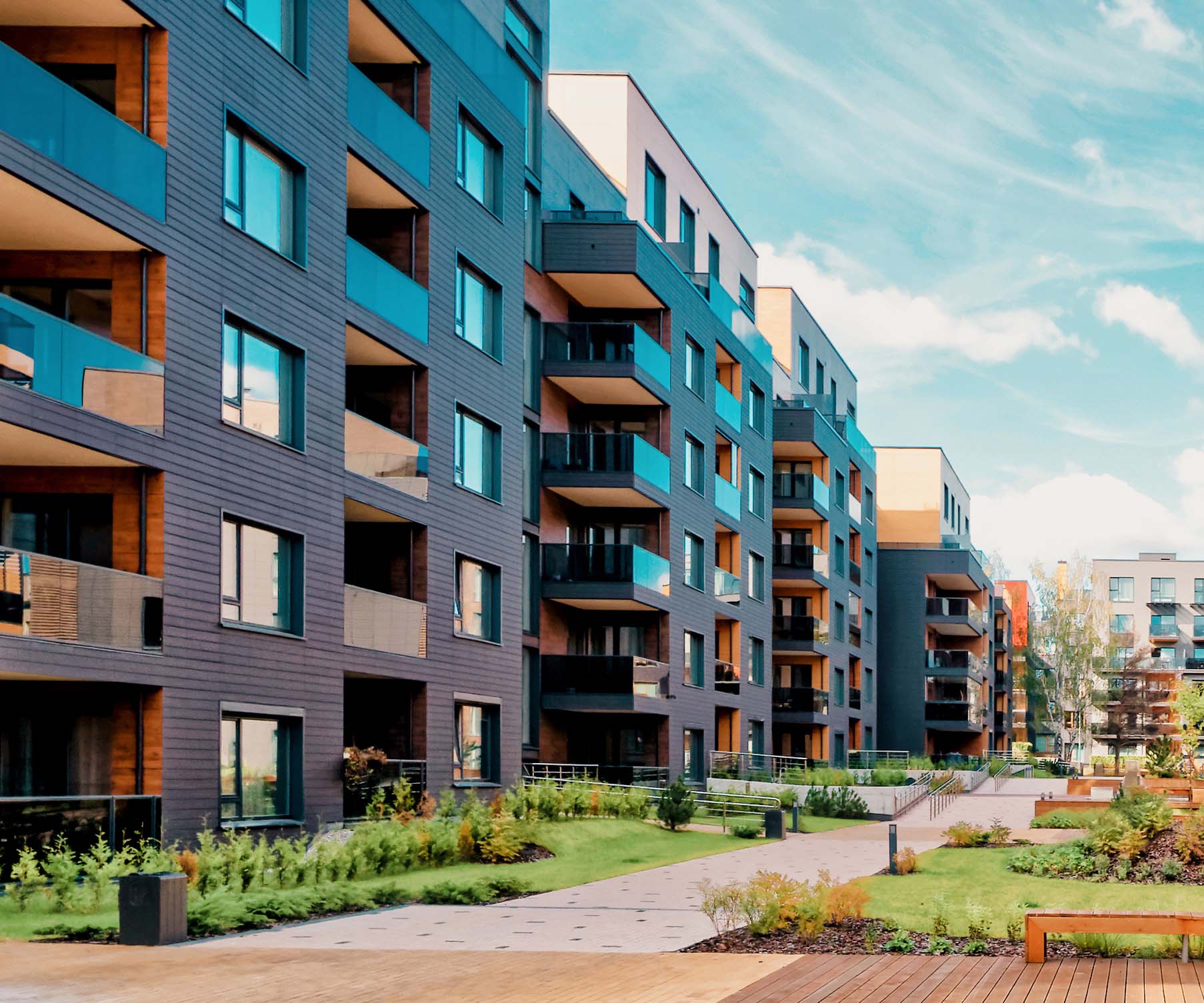
BREEAM can guide you to creating a more resilient asset
With the launch of BREEAM In-Use v6, BREEAM became the first assessment method to explicitly integrate resilience alongside environmental performance in a sustainability standard. This brought together existing issues which used to be parts of other environmental categories, but also allowed BRE to include new areas of interest, such as social risks and opportunities and those related to the transition to a low carbon economy, aligning BREEAM with The Task Force on Climate-related Financial Disclosures (TCFD). It also firmly established resilience as a key component of the assessment of the sustainability of building assets, communities, and infrastructure.
Train with BREEAM
Train with us to provide built environment sustainability solutions and learn how to support projects in achieving their circularity and resilience goals.
Our BREEAM training courses teach you how to use the world’s leading green building tool to achieve sustainability success. Millions of assets all over the world are registered with BREEAM and starting their journey to sustainability success.

BREEAM Case studies
Browse the latest case studies from BREEAM
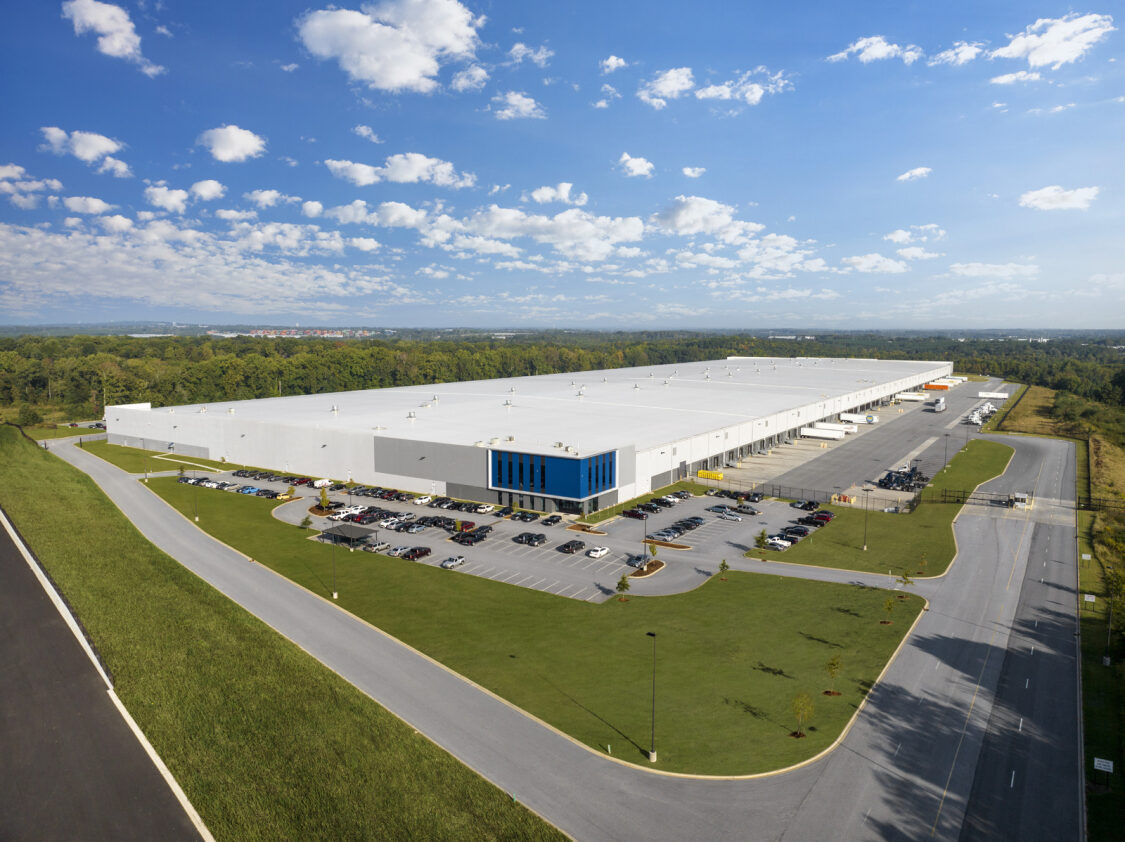
Aligning ESG goals: LXP’s collaborative approach to Green Building Standards
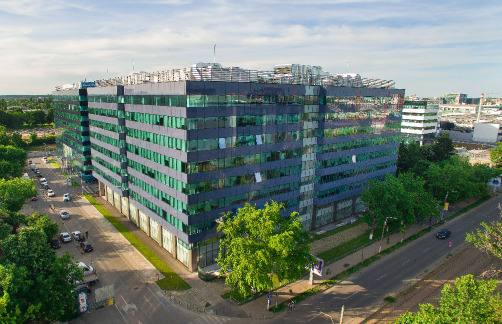
Using BREEAM across an asset’s lifecycle: Hermes Business Campus
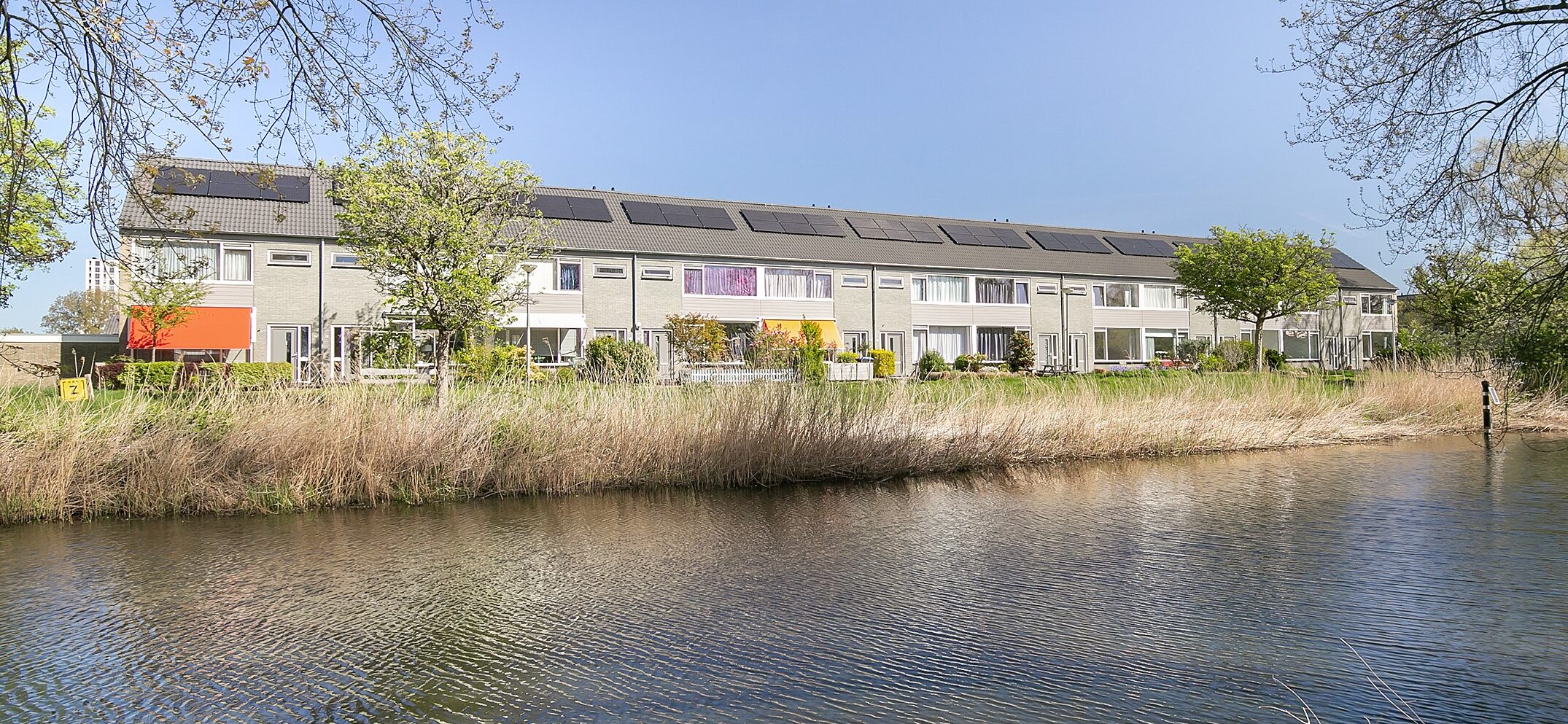
World’s largest real estate certification powered by BREEAM In-Use for Dutch investors Vesteda
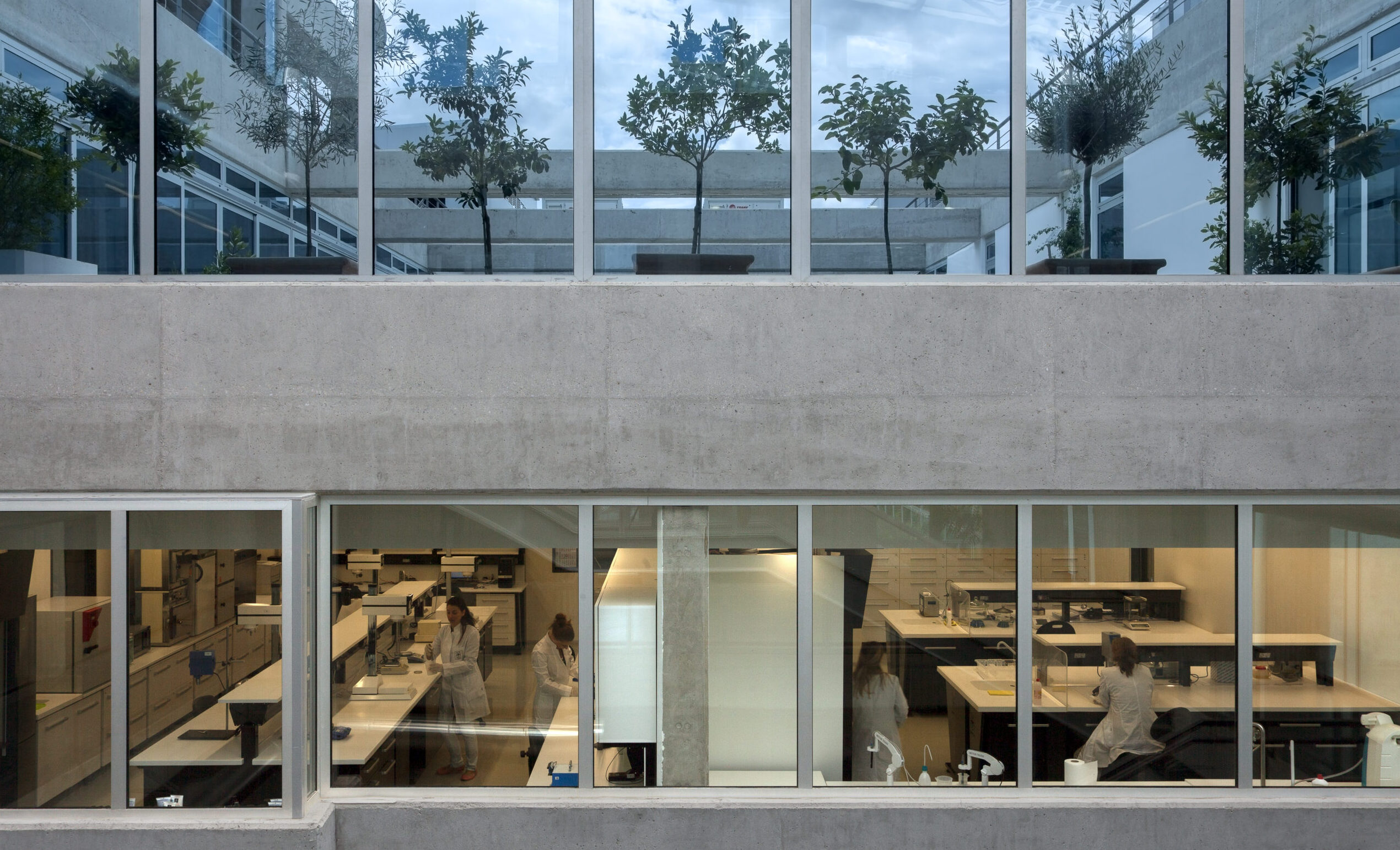
Natural cosmetics company APIVITA awarded with BREEAM In-Use ‘Excellent’ rating for Athens headquarters ‘The Hive’
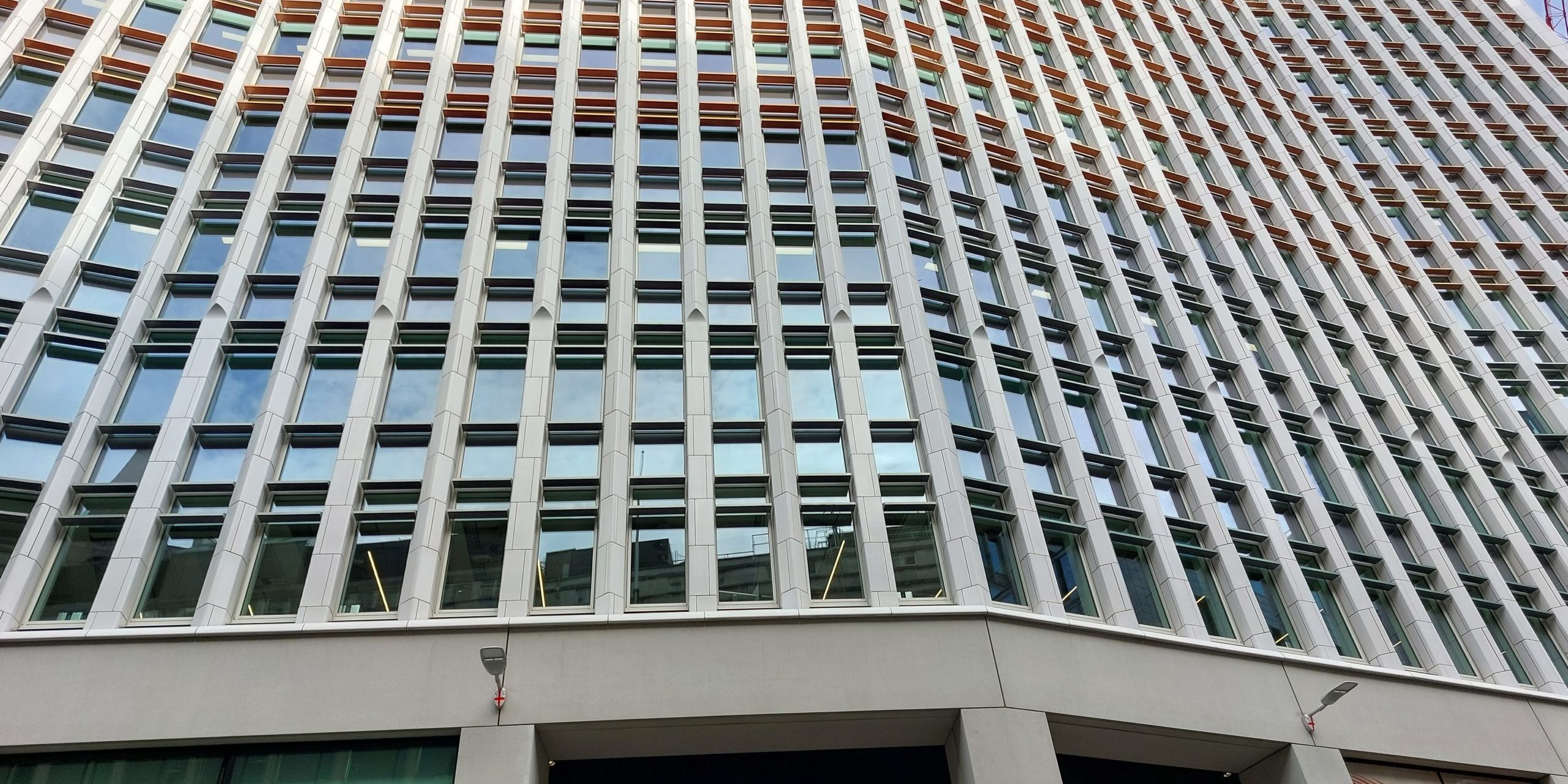
BNP Paribas Real Estate and Generali Real Estate achieve target of BREEAM In-Use V6 Excellent rating

China Basin – Achieving BREEAM Very Good rating on a waterfront Tech & Life Sciences Campus in San Francisco
Get in touch
